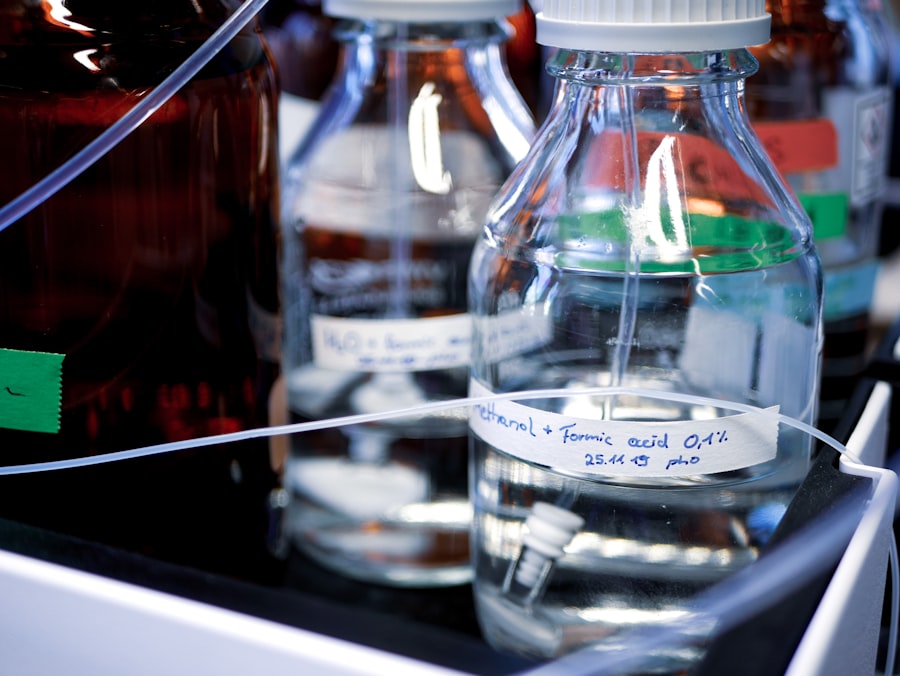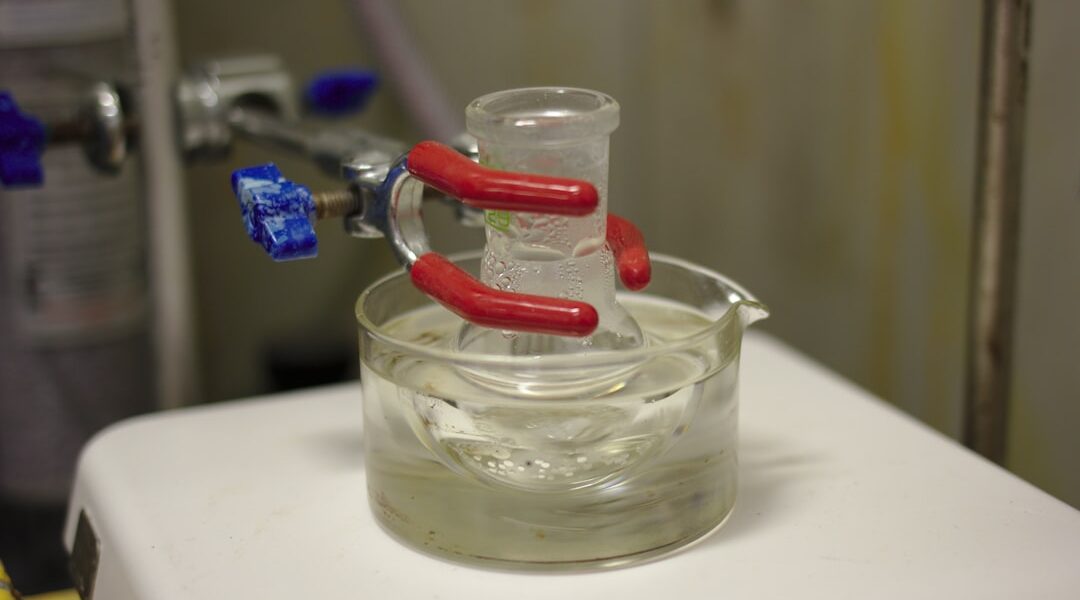Potassium chlorate, with the chemical formula KClO₃, is a white crystalline compound that has garnered significant attention in both industrial and laboratory settings. It is an inorganic salt that consists of potassium ions (K⁺) and chlorate ions (ClO₃⁻). This compound is known for its strong oxidizing properties, which make it a valuable reagent in various chemical reactions.
Potassium chlorate is soluble in water, and its solubility increases with temperature, making it a versatile compound for different applications. The history of potassium chlorate dates back to the early 19th century when it was first synthesized. Its discovery opened new avenues in the field of chemistry, particularly in the study of oxidation-reduction reactions.
The compound has since found its way into various industries, including pyrotechnics, agriculture, and even pharmaceuticals. Its ability to release oxygen upon decomposition has made it a subject of interest for researchers exploring alternative methods for oxygen generation. As we delve deeper into the properties and reactions involving potassium chlorate, we will uncover its significance in both practical applications and theoretical studies.
Chemical Reaction of Potassium Chlorate
The chemical behavior of potassium chlorate is characterized by its ability to undergo decomposition when subjected to heat or certain catalysts. The primary reaction involves the breakdown of potassium chlorate into potassium chloride (KCl) and oxygen gas (O₂). The balanced chemical equation for this decomposition reaction is: 2 KClO₃ (s) → 2 KCl (s) + 3 O₂ (g) This reaction is notable not only for its stoichiometry but also for the energy changes associated with it.
The decomposition of potassium chlorate is an endothermic process, meaning it requires heat to proceed. When heated, potassium chlorate can decompose explosively if not handled properly, releasing a significant amount of oxygen gas rapidly. This property has made potassium chlorate a subject of interest in both academic research and practical applications, particularly in the field of pyrotechnics where controlled decomposition can be harnessed for various effects.
In addition to thermal decomposition, potassium chlorate can also participate in redox reactions with various reducing agents. For instance, when mixed with sulfuric acid, potassium chlorate can react vigorously, producing chlorine dioxide (ClO₂) and other products. This versatility in chemical reactivity underscores the importance of potassium chlorate as a reagent in synthetic chemistry and industrial processes.
Heating Process and Yield of Potassium Chloride

The heating process of potassium chlorate is critical for producing potassium chloride and oxygen gas. When potassium chlorate is heated to temperatures around 400°C to 450°C, it begins to decompose significantly. The yield of potassium chloride from this reaction can be influenced by several factors, including the purity of the starting material, the heating rate, and the duration of heating.
In laboratory settings, careful control of these parameters can lead to high yields of potassium chloride while minimizing the formation of unwanted byproducts. To optimize the yield of potassium chloride during the decomposition of potassium chlorate, chemists often employ methods such as gradual heating or using a controlled atmosphere. For example, conducting the reaction in a closed system can help maintain a consistent temperature and pressure, which can enhance the efficiency of the reaction.
Additionally, using catalysts or additives may facilitate the breakdown of potassium chlorate at lower temperatures, thus improving the overall yield and safety of the process. The practical implications of this decomposition reaction extend beyond mere academic interest. In industrial applications, the production of potassium chloride from potassium chlorate serves as a method for obtaining this important compound used in fertilizers and other agricultural products.
The ability to efficiently convert potassium chlorate into potassium chloride not only contributes to resource optimization but also aligns with sustainable practices in chemical manufacturing.
Production of Oxygen Gas
| Year | Oxygen Gas Production (in million tons) |
|---|---|
| 2010 | 73.4 |
| 2011 | 75.2 |
| 2012 | 77.5 |
| 2013 | 79.1 |
One of the most fascinating aspects of potassium chlorate is its ability to produce oxygen gas upon decomposition. The release of oxygen is not only a key feature of its chemical behavior but also has practical implications in various fields. The balanced equation for the decomposition reaction highlights that for every two moles of potassium chlorate that decompose, three moles of oxygen gas are produced.
This stoichiometric relationship makes potassium chlorate an attractive source for generating oxygen in controlled environments. In laboratory experiments, the production of oxygen gas from potassium chlorate can be demonstrated through simple setups involving heat sources such as Bunsen burners or hot plates. When potassium chlorate is heated in a test tube or flask, bubbles of oxygen gas can be observed escaping from the solid as it decomposes.
This reaction not only serves as an educational demonstration in chemistry classes but also provides insights into gas collection techniques and stoichiometric calculations. Beyond educational purposes, the generation of oxygen gas from potassium chlorate has practical applications in various industries. For instance, in situations where pure oxygen is required but cannot be easily sourced from compressed gas cylinders, potassium chlorate can serve as an alternative method for oxygen generation.
This capability is particularly useful in remote locations or during emergency situations where access to conventional oxygen supplies may be limited.
Safety Precautions when Handling Potassium Chlorate
Despite its utility, handling potassium chlorate requires stringent safety precautions due to its oxidizing nature and potential hazards associated with its decomposition. As an oxidizer, potassium chlorate can react violently with combustible materials or reducing agents, leading to fire or explosion risks. Therefore, it is essential to store potassium chlorate in a cool, dry place away from incompatible substances such as organic materials or strong acids.
When working with potassium chlorate in laboratory settings, personal protective equipment (PPE) is crucial. This includes wearing safety goggles to protect the eyes from potential splashes or fumes, gloves to prevent skin contact, and lab coats to shield against spills. Additionally, working within a fume hood can help mitigate exposure to any harmful gases released during reactions involving potassium chlorate.
Proper waste disposal procedures are also vital when dealing with potassium chlorate. Any residues or byproducts generated during experiments should be disposed of according to local regulations regarding hazardous materials. Furthermore, training personnel on the risks associated with potassium chlorate and conducting regular safety drills can enhance preparedness and minimize accidents in environments where this compound is used.
Applications and Uses of Potassium Chlorate

Potassium chlorate finds a diverse range of applications across various industries due to its unique properties as an oxidizing agent. One prominent use is in the manufacture of fireworks and explosives. Its ability to release oxygen upon decomposition makes it an essential component in pyrotechnic formulations, where it acts as an oxidizer to support combustion and enhance the visual effects produced during fireworks displays.
In addition to pyrotechnics, potassium chlorate is utilized in agriculture as a herbicide and fungicide. Its strong oxidizing properties allow it to effectively control unwanted vegetation and pathogens that may threaten crop yields. Farmers may apply potassium chlorate selectively to target specific weeds while minimizing harm to desirable plants.
However, its use in agriculture must be carefully managed due to potential environmental impacts and regulatory considerations. Another significant application of potassium chlorate lies within the realm of analytical chemistry. It serves as a reagent in various titrations and redox reactions due to its well-defined stoichiometry and predictable behavior under controlled conditions.
Researchers often employ potassium chlorate in laboratory experiments aimed at studying oxidation-reduction processes or synthesizing other chemical compounds. Moreover, potassium chlorate has been explored for use in oxygen generation systems for life support applications in space missions or underwater environments. Its ability to produce oxygen gas efficiently makes it a candidate for systems designed to sustain human life in isolated conditions where traditional oxygen supplies may not be feasible.
In summary, potassium chlorate’s multifaceted applications highlight its importance across different sectors, from agriculture to analytical chemistry and beyond. Its unique properties continue to inspire research and innovation as scientists explore new ways to harness its potential while ensuring safe handling practices are maintained.




